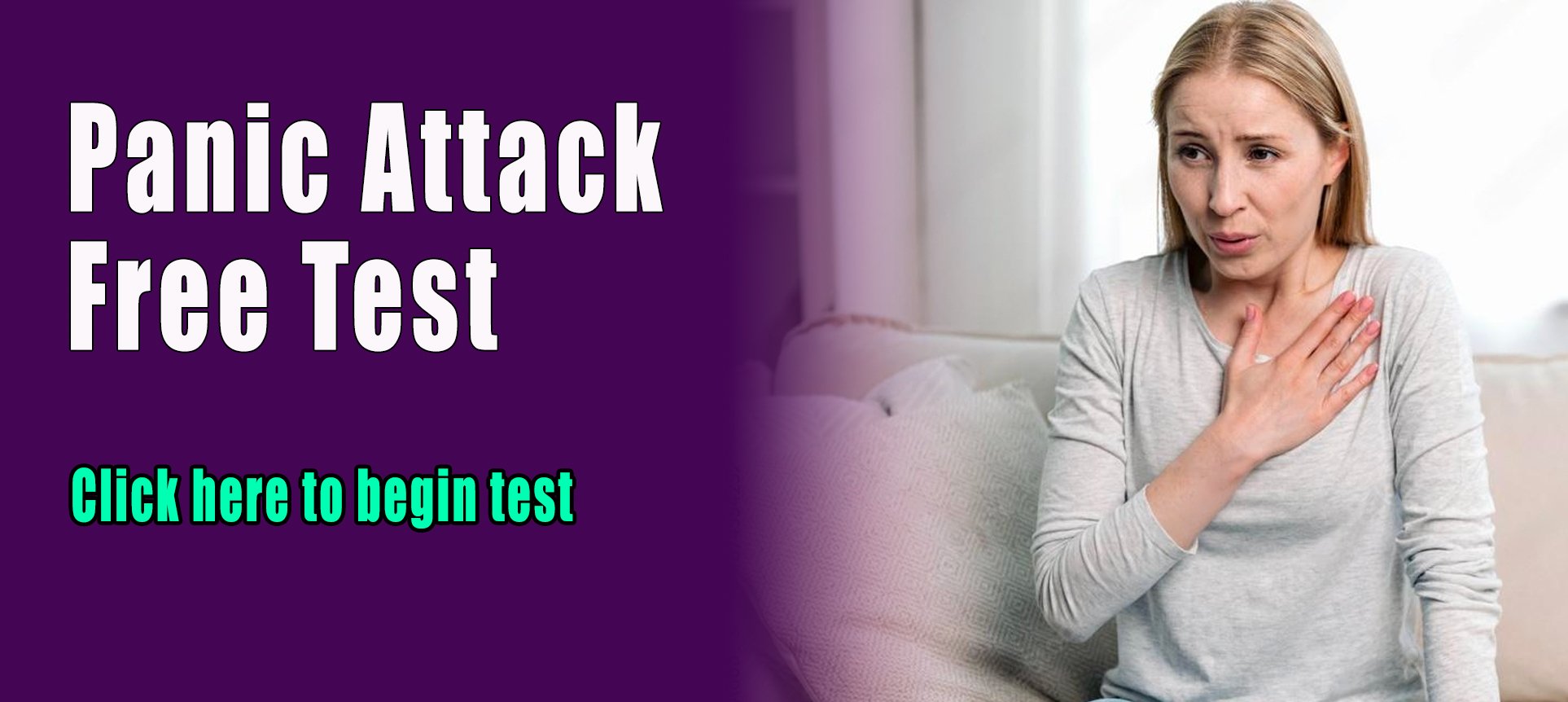Watch the playlist of Yiannis Michael’s appearance on the Human Potential Podcast with Haider Rathor in London, where he talks about overcoming panic attacks
Panic Attack Free Test
Change starts with a single step. Take our free online panic attack test to get answers and start managing your mental health.
What is a Panic Attack?
A panic attack is a sudden episode of intense fear or discomfort that reaches a peak within minutes and triggers severe physical reactions, despite the absence of real danger or apparent cause. Panic attacks can be incredibly frightening and can interfere with daily life.
Symptoms of Panic Attacks
Common symptoms include:
• Physical Symptoms:
Rapid heart rate (palpitations)
Sweating
Trembling or shaking
Shortness of breath or a feeling of being smothered
Chest pain or discomfort
Nausea or abdominal distress
Dizziness, lightheadedness, or feeling faint
Chills or hot flashes
Numbness or tingling sensations
• Psychological Symptoms:
Feelings of unreality (derealization) or detachment from oneself (depersonalization)
Fear of losing control or going crazy
Fear of dying
Causes of Panic Attacks
The exact causes are not fully understood, but they may include:
• Genetics: A family history of panic attacks or panic disorder can increase the risk.
• Brain Structure and Function: Abnormalities in certain parts of the brain, such as the amygdala, may play a role.
• Stress: Major life stress, such as the death of a loved one, a serious illness, or a significant life change, can trigger panic attacks.
• Temperament: A more sensitive or emotional temperament can be a factor.
• Substance Use: Excessive consumption of caffeine, alcohol, or drugs can provoke panic attacks.
• Medical Conditions: Certain medical conditions, such as hyperthyroidism, heart disease, or respiratory disorders, can mimic or trigger panic attacks.
Limiting Beliefs
Limiting beliefs associated with panic attacks often include:
• “I’m going to die from a panic attack.”
• “I have no control over my anxiety.”
• “People will think I’m crazy if they see me having a panic attack.”
• “I’ll never be able to overcome this.”
• “Avoiding situations that cause panic is the only solution.”
Statistics
• Prevalence: Approximately 2-3% of the U.S. population experiences panic disorder annually.
• Gender: Women are twice as likely as men to develop panic disorder.
• Onset: Panic disorder typically begins in late adolescence or early adulthood.
• Comorbidity: Panic disorder often coexists with other mental health conditions, such as depression or other anxiety disorders.
Treatment
Bioresonance Therapy for Panic Attacks
Bioresonance therapy is a complementary and alternative medicine approach that is based on the concept that each cell in the body emits electromagnetic frequencies. Bioresonance therapy aims to diagnose and treat various conditions by detecting and modifying these frequencies.
How Bioresonance Therapy Works
1. Diagnosis:
• Electrodes are placed on the skin to measure the body’s electromagnetic waves.
• The therapy machine compares these waves to healthy frequencies to detect imbalances or disturbances.
2. Treatment:
• The machine sends modified frequencies back into the body to correct imbalances.
• This is believed to restore the body’s natural energy balance and promote healing.
The Use of Bioresonance Therapy for Panic Attacks
Bioresonance therapy is used to address panic attacks by:
• Identifying Triggers: Detecting stressors or allergens that may contribute to anxiety and panic attacks.
• Balancing Frequencies: Correcting electromagnetic imbalances that are believed to contribute to anxiety symptoms.
• Detoxification: Removing toxins that may affect mental health and contribute to panic attacks.
Potential Benefits
• Non-Invasive: Bioresonance therapy is a non-invasive treatment option, which may be appealing to those looking to avoid medication or other intrusive treatments.
• Holistic Approach: It considers the body’s energy system as a whole and aims to address underlying imbalances.
• Personalized Treatment: Therapy can be tailored to the individual’s specific electromagnetic imbalances.
Other effective treatments for panic attacks and panic disorder include:
• Cognitive Behavioral Therapy (CBT): CBT helps individuals identify and change negative thought patterns and behaviors that contribute to panic attacks.
• Exposure Therapy: This involves gradual exposure to the feared situations to reduce sensitivity and fear.
• Relaxation Techniques: Methods such as deep breathing, progressive muscle relaxation, and mindfulness meditation can help manage anxiety.
• Lifestyle Changes: Regular exercise, a healthy diet, adequate sleep, and reducing caffeine and alcohol intake can help reduce the frequency and severity of panic attacks.
• Support Groups: Connecting with others who experience similar issues can provide emotional support and coping strategies.


